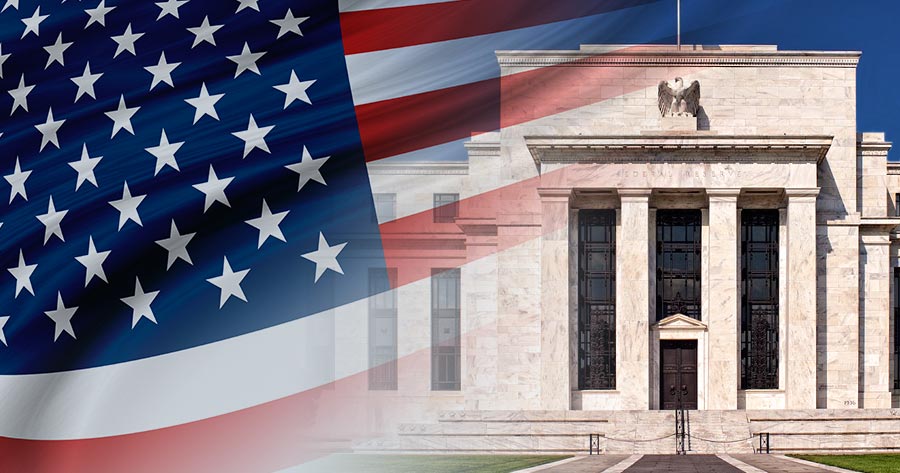Investors are now looking ahead to a policy rate cut in an emergency meeting expected to be held sometime this week to discuss the sudden rout in the market that suffered a shock from U.S. job data, raising concerns over a possibility of the economy going into recession.
Stock markets experienced significant declines on Monday, as the Dow Jones Industrial Average had its most substantial drop in almost two years amidst concerns about the U.S. economy’s well-being, triggering a global market downturn.
The Dow fell by 1,033.99 points, or 2.6%, closing at 38,703.27. Correspondingly, the Nasdaq Composite decreased by 3.43% to finish at 16,200.08, and the S&P 500 declined by 3% to settle at 5,186.33. Both the Dow and S&P 500 encountered their most significant single-day losses since September 2022.
The Japanese stock market also faced its most severe decline since the Black Monday crash of 1987, further exacerbating concerns regarding global market instability. The recent fears of a potential U.S. recession were primarily fueled by the disappointing July jobs report released on Friday. Investors are apprehensive that the Federal Reserve has been slow to reduce interest rates in response to an economic slowdown, opting to maintain rates at their highest level in two decades during the previous week.
Amid the market’s volatility, there is growing anticipation among investors for Federal Reserve officials to intervene with an emergency rate cut. The last such emergency rate cut, excluding those during the pandemic, occurred in October 2008 following the collapse of Lehman Brothers.
In retrospect, there is a compelling argument as to why the central bank should have lowered its benchmark lending rate at its latest meeting, which concluded prior to the release of the jobs report. Had policymakers foreseen the rise in the unemployment rate from 4.1% in June to 4.3% in July, nearly a percentage point higher than at the beginning of this year, they might have been more persuaded that the benefits of a cut outweigh the associated risks.
Traders are currently indicating a roughly 60% probability of an emergency 0.25 percentage point rate cut within the next week, as reported by Bloomberg News. Nevertheless, certain experts believe the likelihood is substantially lower, with Pantheon Macroeconomics highlighting that rates implied by overnight index swaps suggested a roughly 30% chance on Monday that the Fed might implement an emergency cut in the following week.
Despite acknowledging weaker-than-anticipated jobs data, Chicago Federal Reserve President Austan Goolsbee communicated to CNBC on Monday that in the event of further economic deterioration, appropriate measures will be taken to address the situation. Goolsbee further mentioned that despite the disappointing jobs numbers, he does not perceive the U.S. as being in a state of recession.





